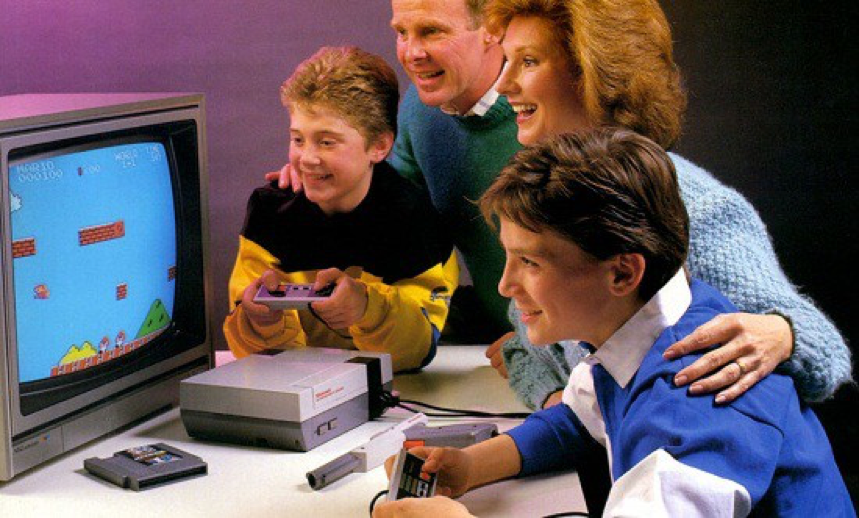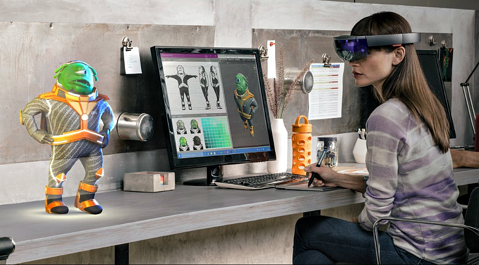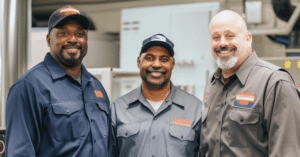For the last 7 years, Interplay Learning has been building simulation-based training software for industries in the skilled trades. We think we’re pretty good at it, and dare I say, even experts. We’ve developed training software for everything from electrical wiring to hair cutting. These training products have all been point-of-view (POV) exercises for the learner to mimic in-the-field performance. However, we’ve always been limited by the delivery through 2D devices – tablets, desktops, etc. But that all changed 12 months ago when we saw the newest version of the Virtual Reality (VR) platforms. With the introduction of the Oculus Rift and the HTC Vive, we knew our go-to-market would change forever.
So during the past 12 months, we’ve been building prototypes, running “play-test” sessions and measuring the implications of VR training for the skilled trades. Some of it has been in line with expectations but much of it has been quite counter-intuitive. So, let’s start there.
- Counter-intuitive truth #1: Virtual reality is very social.
When I bring our VR setup to a local Solar installer or HVAC contractor to test out our product, a crowd forms instantaneously. A team of installers gather around the monitor that displays what the headset user is seeing. They each take turns guiding one another through our VR demo of an electrical product installation. People offer advice and talk out issues. Social learning abounds on the training scenario that they’re challenging. I get flashbacks of when Nintendo first came out in the 1980’s and neighbors with wispy haircuts gathered around it like a fireplace, giving tips and tricks to each other.
I find more of the same when I conduct my other important research — The Post-Dinner Party test. When a VR headset makes an appearance after a dinner party at my house, the entire party will gather around the TV to watch people play Quivr or Rec Room. Without fail, I have to forcefully remove people from my house at midnight or 1 am. The implications of this are manifold, but let’s highlight two: 1) Technician-driven companies will use Virtual Reality as the centerpoint of their efforts to build a strong culture of learning – even if some of their time is spent shooting virtual arrows; 2) the Donovan’s will have to stock more beer for dinner parties.
- Counter-intuitive Truth #2: Augmented Reality (AR) and Virtual Reality (VR) are not in competition for market share. They are actually perfect complements.
In the field technician world, there is a perception that once AR advances to a certain point, there will be no need for VR. When I tell an OEM executive that Interplay creates virtual reality training software, the first response is often, “Can we get augmented reality for our technicians in the field?”. I usually agree with them that that is a great idea. I might then ask, “If I put those AR glasses on you, Mr. Manager, could you efficiently diagnose and replace a broken hydraulic pump? “ Undoubtedly the answer is, “No, I haven’t been trained to do that.” And that illustrates my point. AR is only part of the solution. AR does not create technicians, it increases their efficiency. AR has the allure that we can shortcut our way to successful technicians. I can say comfortably that I will never be a capable car mechanic regardless of what AR device you put on me. To produce productive technicians, primary and comprehensive training is necessary, and VR has a proven history in the military, medical and aviation fields to be the most efficient and effective method do that. We see the two technologies as natural complements. When VR and AR programs work together, then we’ll see the best result: solid technicians armed with in-the-field efficiency tools.
